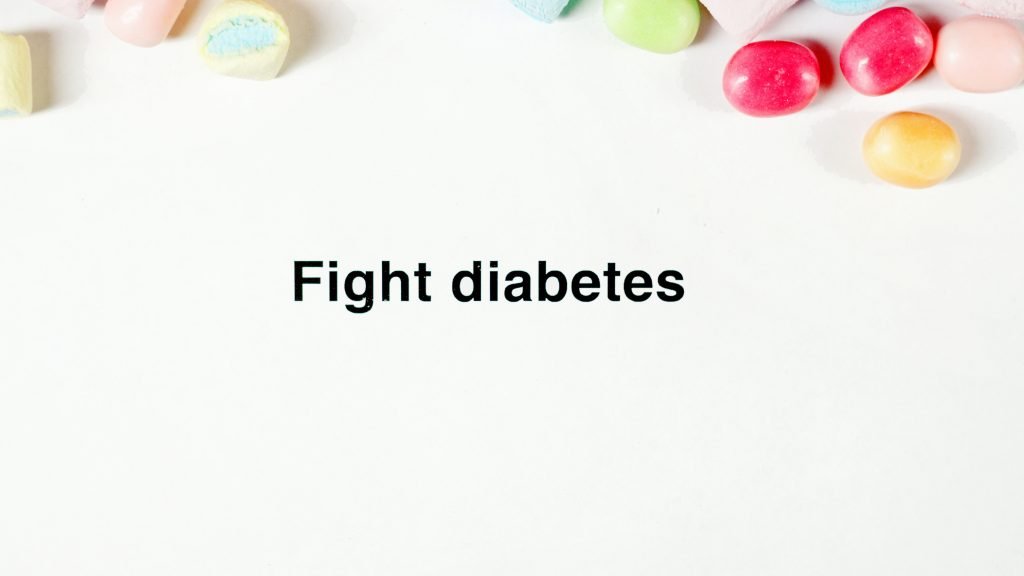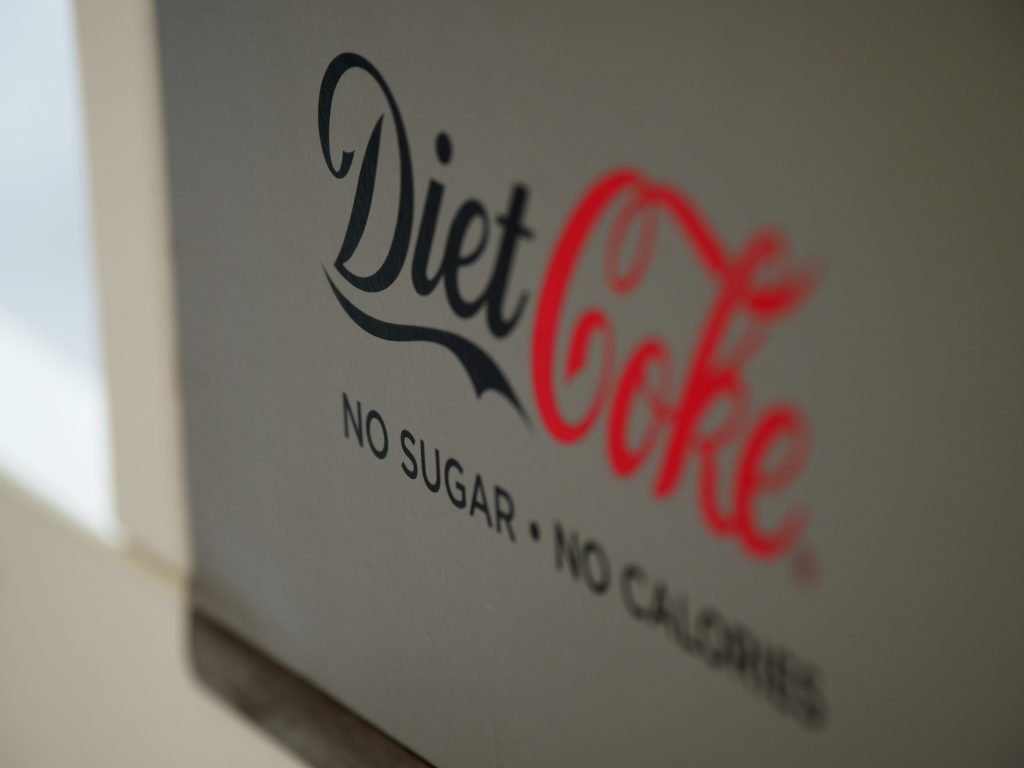Diabetes also called blood sugar, is a disease that occurs when the level of glucose in the blood is very high. Blood glucose can be regulated by using medications as well as by following a healthy diabetics diet. It is the main source of energy. It comes from the food that we eat.
Insulin is a hormone secreted by the pancreas. It helps glucose to reach cells to produce energy. Sometimes the body does not produce enough insulin or does not produce any amount of insulin or does not use insulin well. If so, glucose remains in the blood and does not reach cells. Over time, the presence of too much glucose in the blood can lead to health problems, including diabetes.

Although there is no cure for diabetes, it is possible to avoid a high increase in blood sugar and maintain our body health. In general, a healthy and balanced diet is a factor that can contribute to improving the ability to control diabetes and reduce the risk of health complications that this disease may cause. Below, we show some of the points to consider when planning a diet for diabetics:
Here is a list of foods that can help regulate blood sugar and keep a healthy weight. You can choose from these foods what suit you and your physical activity.
|
Examples |
Foods to choose from and the nutrients they contain |
|
|
|
|
|
|
|
|
|
|
|
|
|
|
|
|
|
|
When planning meals for each day, it is important to take into account the size and level of physical activity. The following is a list for those who need 1,200 to 1,600 calories per day.
In type 1 diabetes, the pancreas can secrete insulin for a longer time, and high blood sugar can lead to complications such as kidney, nerve, and eye damage, and cardiovascular disease.
On the other hand, the glycemic index (GI) is a scientific term used to measure the effect of food on blood sugar. Foods with a low glycemic index value do not raise blood sugar to high levels. Therefore, they are better choices for people with diabetes.
Also, meal timing is very important for people with type 1 diabetes. i.e., eating low-glycemic meals makes meal timing easier, and skipping a meal or eating late puts a person at risk of low blood sugar. Besides, blood sugar meals must match insulin doses.
The following are some suggestions for some foods to be eaten.
Protein provides the body with steady, slow energy with relatively little effect on blood sugar. The healthiest proteins for a type 1 diabetes diet come from plant sources such as beans, lentils, nuts, nut butter, and peas

Also, there are lean animal protein sources that one can eat several times a week. These animal proteins include fish, seafood, chicken, and yogurt.
Other good protein sources include legumes, eggs, organic dairy products, and lean meats such as chicken and turkey.
Protein should always be part of a meal or snack, as it keeps blood sugar stable. Also, it helps reduce sugar cravings and feel satisfied and full. We can find protein in animal or plant foods. Yet, animal proteins are often sources of unhealthy saturated fats. Listed below, are protein sources that one should avoid because they increase inflammation and cardiovascular risk:
Carbohydrates are the basic food category that raises blood sugar. They can be classified as simple sugars or complex carbohydrates. Simple carbohydrates are easy to identify as “white foods.” Simple carbohydrates are found in bread, pasta, sweets, baked goods, biscuits, white potatoes, and fruits.
Vegetables are also high in carbohydrates in addition to their high amounts of fiber and nutrients, which make them better choices than bread and pasta. Complex carbohydrates are found in brown rice, flour, quinoa, oatmeal, vegetables, fruits, beans, and lentils. Complex carbohydrates include additional nutrients such as fiber, vitamins, and smaller amounts of protein and fat. These additional nutrients help keep your blood sugar stable.
Fats have little direct effect on blood sugar. However, as part of a meal, they are useful in slowing the absorption of carbohydrates. Fats also have health effects that are not related to blood sugar. For example, animal meat fat increases the risk of cardiovascular disease.
On the other hand, dairy products, specifically fermented products, such as yogurt, appear to reduce this risk.
Vegetable fats, such as olive oil, nuts, seeds, and avocados, are associated with a reduced risk of disease. Fats also contribute to feelings of satiety. They can play a role in managing overeating and carbohydrate intake cravings.
Eating a healthy diet and staying physically active will help control your blood sugar level. Also, it will help you control your weight and feel better overall. It is possible to eat many types of foods regardless that there is nothing that cannot be eaten if a person has type 2 diabetes. But it is important to limit certain foods.

A wide range of foods should be eaten including fruits, vegetables, and some starchy foods such as pasta. Plus, try to keep sugar, fat, and salt to a minimum. It is important to eat breakfast, lunch, and dinner every day without missing any of the meals.
On the other hand, exercise lowers the level of sugar in the blood. A diabetic patient must exercise for 2.5 hours per week. Exercise can include the following:
Physical activity can help a person lose weight and control blood sugar levels, as exercise consumes excess blood sugar for energy. In addition, it can improve insulin sensitivity.
Studies suggest that making changes to one’s diet and exercising is more effective in preventing the development of diabetes.
The American Diabetes Association recommends that people with type 2 diabetes should do light exercise for at least 30 minutes every day. This can help reduce glucose levels in the body. Regular activities may include swimming, brisk walking, strength training, and flexibility exercises. Besides, housework, gardening, and other activities can also contribute to reducing blood glucose. One just has to choose the activity that suits his needs.
In the blessed month of Ramadan, it is important to eat foods that will keep blood sugar levels under control. These foods can be added to the ‘’suhoor’’ and ‘’iftar’’ meals. Some of these foods are mentioned in the table at the beginning of the article.
Here are other recommendations one can follow in addition to what has been stated above:

Diagnosing diabetes does not necessarily mean the end of a normal life. Rather, it can be the beginning of a healthy life. Here are the most important basic tips for co-existing with diabetes:
Leave a comment